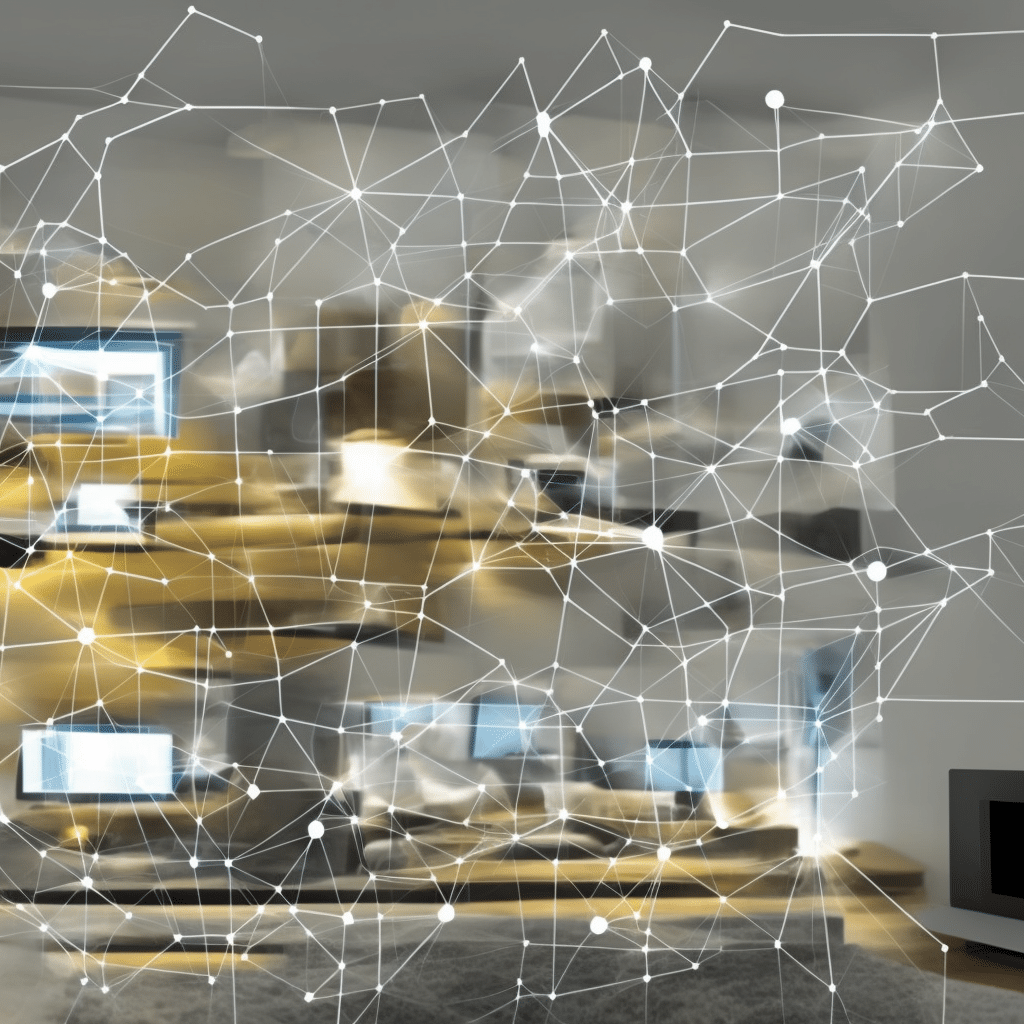What Is the Potential of IoT in Customizing Home Lighting Systems?

As you dive into the world of smart home systems, one notion stands out – the Internet of Things (IoT). The term might sound complicated, but its essence is simple. IoT refers to the vast network of physical devices, from smartphones to refrigerators, connected to the internet. These connected devices can collect and share data, enabling them to communicate and interact with other devices or systems, often with little to no human intervention.
What does this mean for homes, particularly in terms of lighting systems? Let’s delve into the role of IoT in transforming how we control and interact with our home lighting.
Avez-vous vu cela : What Advances Are There in IoT for Personal Vehicle Diagnostics?
The Intersection of IoT and Home Lighting
The integration of IoT in home lighting systems is an exciting development in home automation. By linking lighting fixtures to the internet, homeowners can control their lights remotely, customize lighting schedules and even adjust the color and intensity of the LED lights to suit their mood or the time of day.
Moreover, IoT-based lighting systems aren’t merely about turning lights on and off remotely. Connected lighting systems can gather a wealth of data about how and when you use your lights, providing valuable insights that can help enhance energy efficiency and security in your home.
A lire aussi : How Can IoT Devices Transform Personal Finance Management?
Enhancing Energy Efficiency with IoT-Based Lighting Solutions
One of the key benefits of IoT-based lighting systems is their potential to significantly reduce energy consumption. By gathering data on your lighting habits, these smart lighting systems can optimize light usage based on your routines, ensuring that lights are switched off when not in use.
Moreover, most IoT lighting systems use LED lights, which consume up to 80% less energy than traditional lighting options. These smart lights are also able to adjust their brightness based on natural light availability, further reducing energy use.
IoT also opens up the possibility of integrating your lighting system with other smart home devices. For instance, your lights could be programmed to switch off automatically when your smart thermostat detects that you’ve left home, or to dim gradually as your smart blinds close in the evening.
Enhancing Home Security with IoT Lighting Systems
Apart from energy efficiency, IoT-based lighting systems can also enhance home security. Many smart lights come with motion detection features, which can be utilized to deter potential intruders.
For instance, if movement is detected outside your house at unusual hours, your lights could be programmed to switch on automatically, giving the impression that someone is home. These systems can also send real-time alerts to your smartphone, allowing you to monitor your home’s security remotely.
Some smart lighting systems also offer features like simulated occupancy, where the lights in your home switch on and off at random intervals when you’re away, creating the illusion of someone being home.
Customizing the User Experience with IoT Lighting Control
Beyond energy efficiency and security, IoT also offers a greater level of comfort and customization when it comes to home lighting.
One feature that many homeowners appreciate is the ability to adjust the color and intensity of their lights. For instance, you might want a bright, cool light to keep you alert when you’re working at home, but prefer a warm, dim light for relaxing in the evening. With IoT-based lighting, you can easily create and switch between these different lighting profiles.
Voice control is another feature that’s becoming increasingly popular. By integrating your lighting system with virtual assistants like Alexa or Google Home, you can control your lights using simple voice commands, adding a layer of convenience to your daily routines.
The Future of IoT in Home Lighting Systems
IoT-based lighting systems are only just scratching the surface of what’s possible when it comes to home automation. As technology continues to evolve, we can expect to see even more innovative features and applications.
One area with enormous potential is adaptive lighting – lights that automatically adjust their brightness, color, and intensity based on factors like the time of day, the weather, or even your mood. Imagine, for instance, a light that gradually brightens in the morning to simulate a sunrise, helping you wake up naturally.
The integration of IoT with Artificial Intelligence (AI) also offers intriguing possibilities. For instance, AI could be used to analyze the data collected by your smart lights, learning from your habits and preferences to make increasingly accurate predictions and adjustments.
While these ideas might seem futuristic, they’re closer to reality than you might think. After all, the world of IoT is constantly evolving, and lighting is just one of the many areas that this revolutionary technology is set to transform.
Creating Smart Spaces with IoT Lighting Systems
IoT-based lighting systems do more than just light up your home. They play a crucial role in creating smart spaces that adapt to your needs and preferences.
In a smart space, everything is interconnected. Your lights can communicate with your smart thermostat, blinds, or even your speakers. This gives rise to a myriad of possibilities. Imagine your home lighting gradually brightening up in the morning with the rise of the sun, your preferred morning playlist starting in sync, and your thermostat setting the optimal temperature for you to start your day. All of this without you having to lift a finger.
Furthermore, IoT-based lighting systems can be integrated with health and wellness apps. For instance, if your health tracker detects that you’ve been sitting at your desk for too long, your lights could blink as a reminder for you to take a break.
The use of IoT in home lighting systems also extends to entertainment. For instance, you could set your lights to change color or intensity in sync with the music you are listening to, creating a mini light show right at home. The possibilities are endless, limited only by the extent of your imagination.
Conclusion: The Bright Future of IoT in Home Lighting
Today, we stand at the cusp of a new era in home lighting. The integration of IoT technology in home lighting systems is not just a trend, but a testament to the evolving nature of our homes and lifestyles. With IoT, we’re moving away from the traditional concept of a home towards a smart, interconnected space that enhances comfort, convenience, energy efficiency, and security.
The potential of IoT in home lighting systems is enormous. From adaptive lighting and integration with other smart devices to enhancing security and energy efficiency, IoT has the power to completely transform our living environments. And this is just the beginning. With advancements in technology, particularly AI and machine learning, the future of home lighting looks brighter than ever.
As we continue to embrace smart homes and IoT, it’s clear that home lighting systems are evolving beyond their conventional role. They’re no longer just about illumination. Instead, they’re becoming an integral part of our digital lives, changing the way we interact with our surroundings and creating more personalized, intuitive, and intelligent living spaces.
In a world where technology is increasingly shaping our experiences, IoT-based lighting systems are set to shine even brighter. They’re not just revolutionizing home lighting; they’re redefining what it means to truly be at home.
